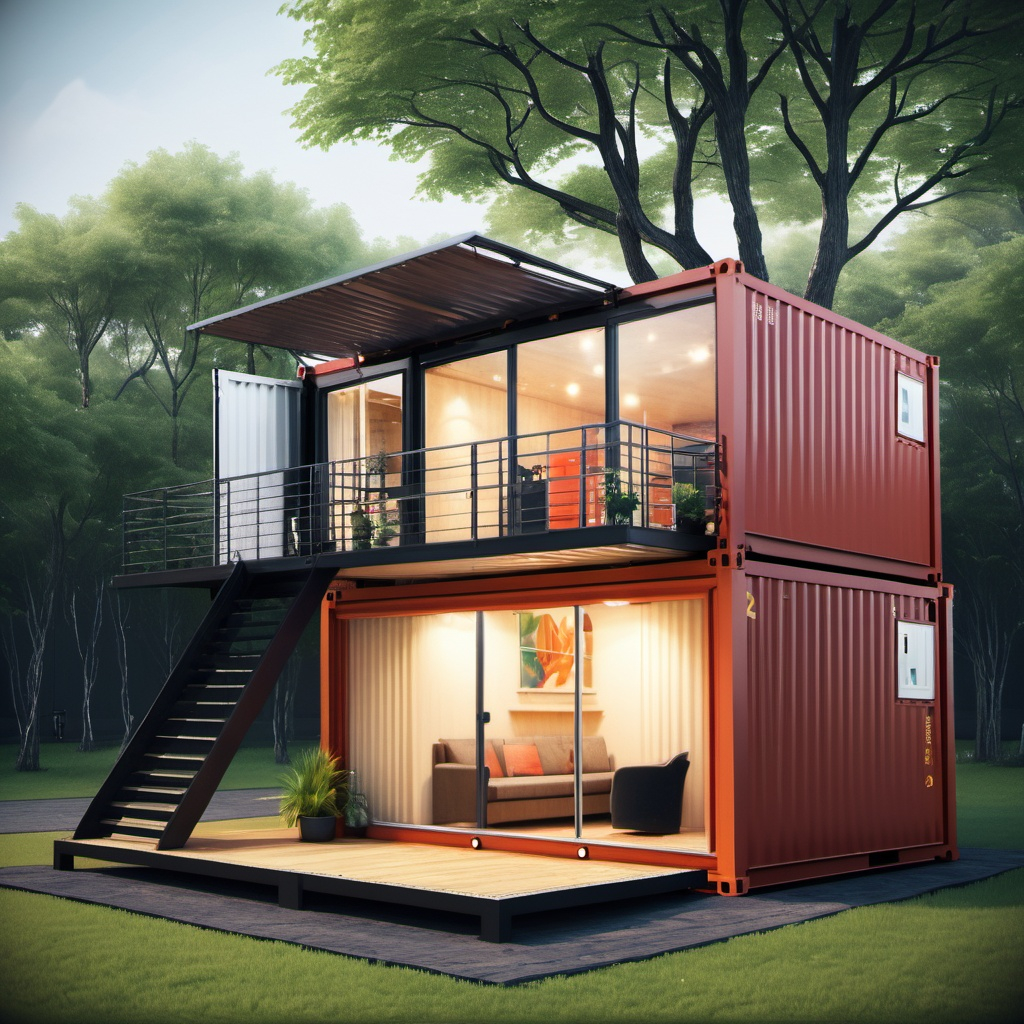Certainly! Here’s a more in-depth exploration of the rise of container homes, along with their benefits and challenges.
Benefits of Container Homes
1. **Cost Efficiency**: Container homes can significantly lower housing costs due to the reduced material requirements and labor involved. The base price of shipping containers can be quite low, especially if purchased second-hand. This affordability makes homeownership more accessible.
2. **Sustainability**: Repurposing shipping containers helps minimize environmental waste. Instead of sending containers to landfills after their shipping life is over, using them for housing promotes recycling and sustainability, aligning with eco-conscious living trends.
3. **Speed of Construction**: The modular design of container homes enables quicker assembly. Many aspects of construction, like plumbing and electrical systems, can be pre-installed offsite, allowing for faster onsite assembly.
4. **Durability and Security**: Shipping containers are designed to withstand harsh environments at sea, making them resilient to extreme weather conditions. Their heavy steel construction provides a level of security against intrusions.
5. **Design Flexibility**: Container homes offer creative design possibilities, from single-container units to complex multi-container structures. They can be customized to fit various styles, layouts, and sizes, accommodating different preferences and lifestyles.
6. **Mobility**: Some homeowners choose to create mobile container homes that can be easily transported, offering flexibility for those who may want to relocate frequently.
### Challenges of Container Homes
1. **Insulation and Temperature Control**: Metal containers can become extremely hot in the summer and cold in the winter. Proper insulation is crucial to maintaining a comfortable indoor climate, which can be a costly and complicated process.
2. **Ventilation**: Containers have limited natural ventilation, which can lead to moisture buildup and indoor air quality problems. Implementing effective ventilation systems is essential but can increase installation costs.
3. **Building Codes and Permits**: The legality of container homes varies widely across regions. Homeowners often face challenges securing necessary permits and ensuring their designs comply with local building codes, which can be a lengthy and frustrating process.
4. **Financing and Insurance**: Many traditional lenders may be hesitant to finance container homes, viewing them as unconventional. Securing loans and insuring container homes can be more complex than with traditional properties.
5. **Limited Resale Market**: While container homes have been gaining popularity, the resale market remains uncertain. Some potential buyers may be hesitant due to unfamiliarity, which could affect property value and marketability.
6. **Aesthetic Perceptions**: While some embrace the industrial look of container homes, others may find them unattractive. This aesthetic perception can impact desirability and value in certain neighborhoods.
Conclusion
Container homes represent a novel approach to affordable housing, blending innovation with sustainability. However, prospective homeowners must navigate the various benefits and challenges. Those considering this housing option should conduct thorough research, consult with architects or builders experienced in container construction, and prepare for the unique demands of living in a repurposed shipping container. With careful planning and creativity, container homes can become not just a trend, but a viable and lasting housing solution.
